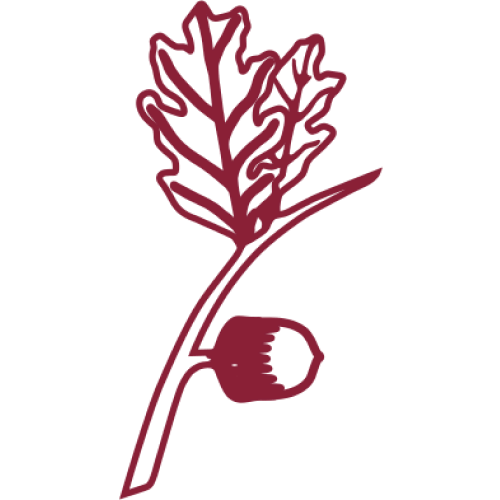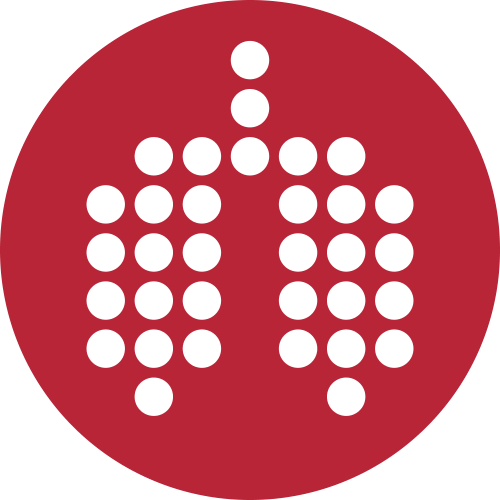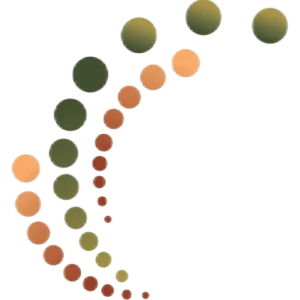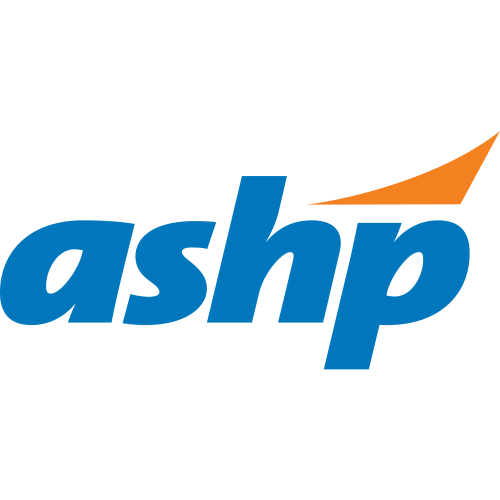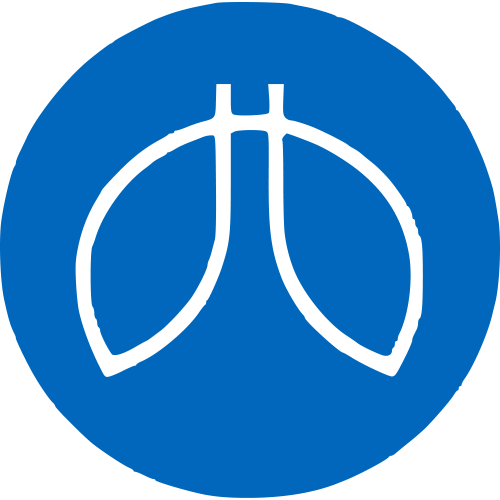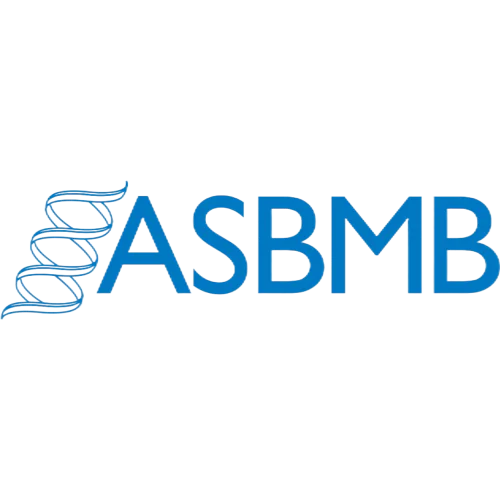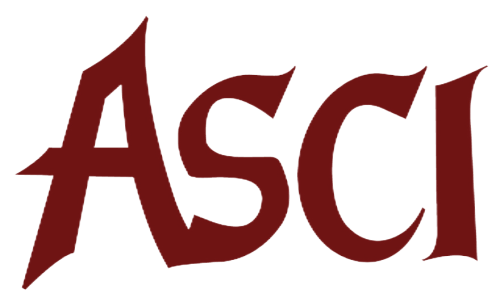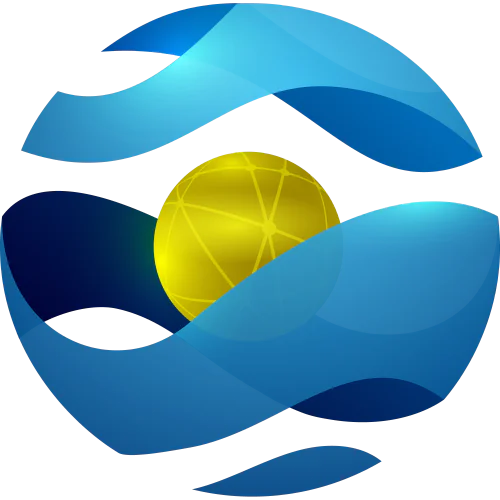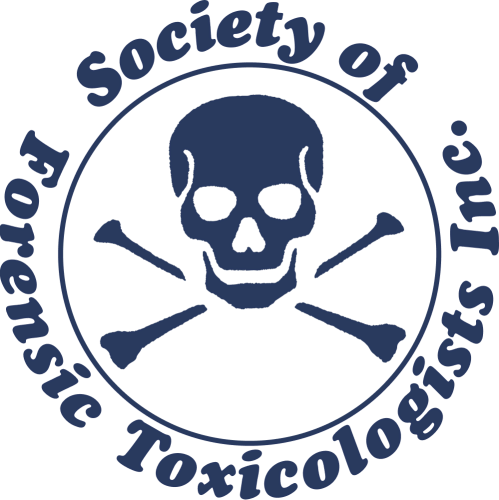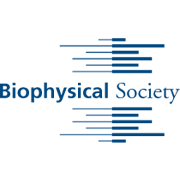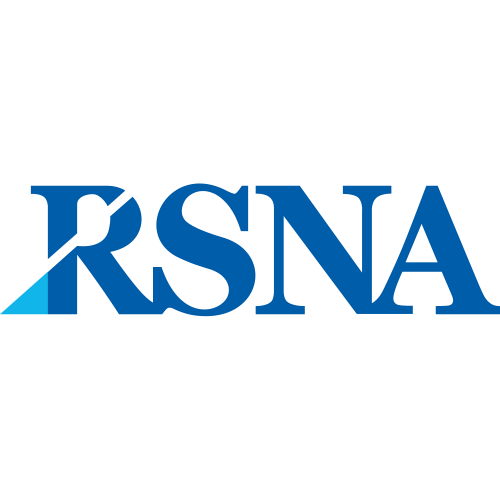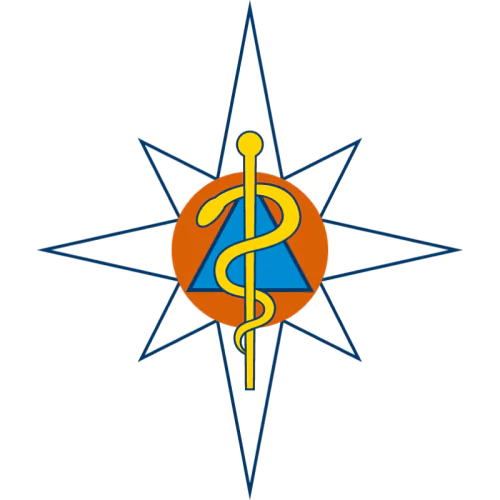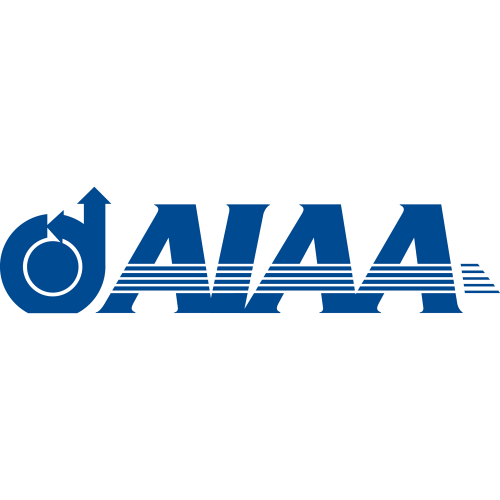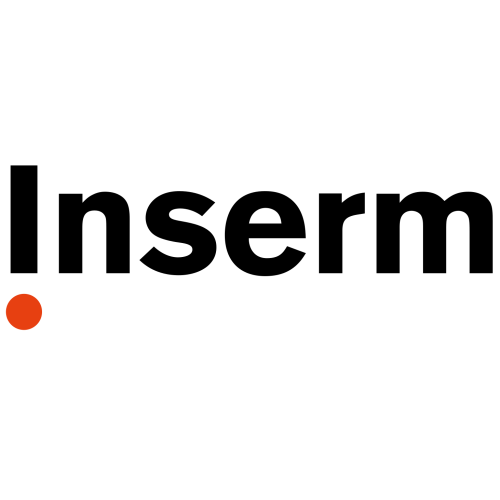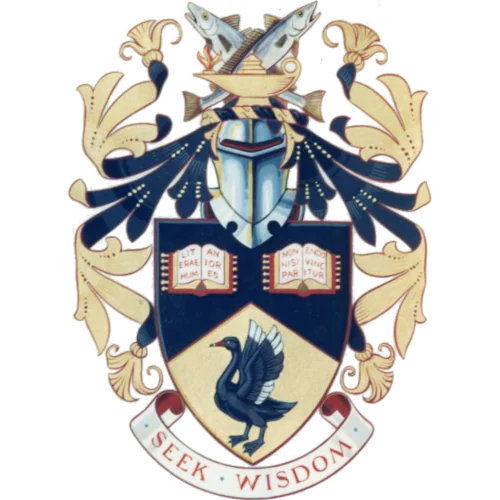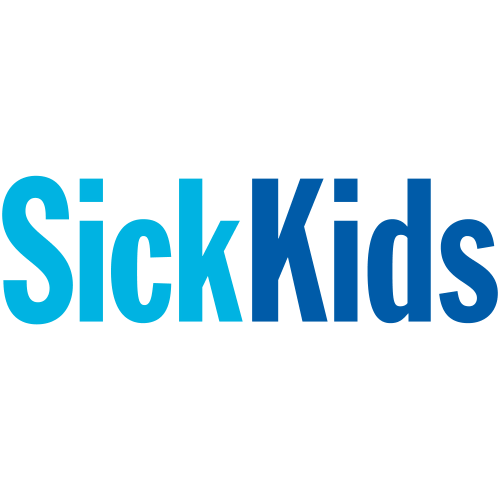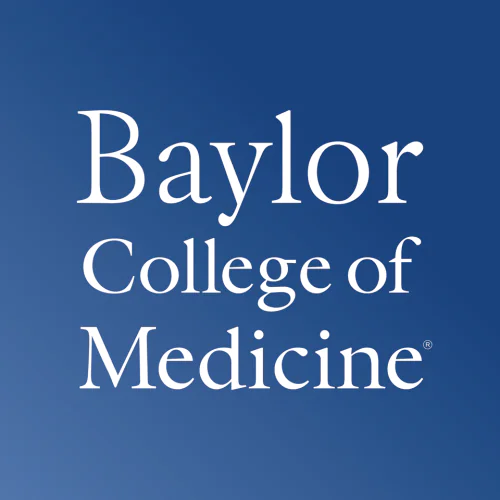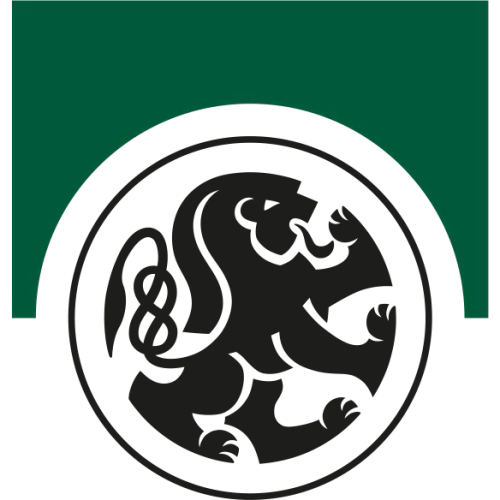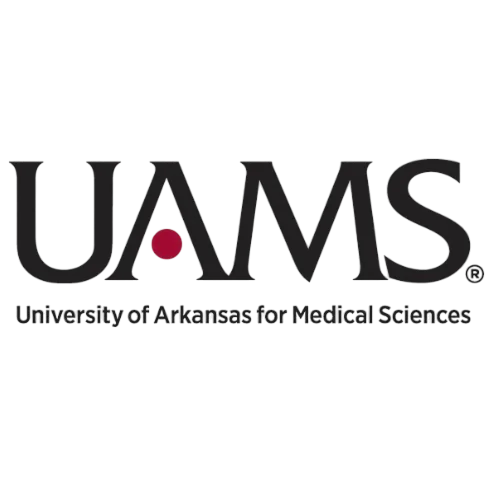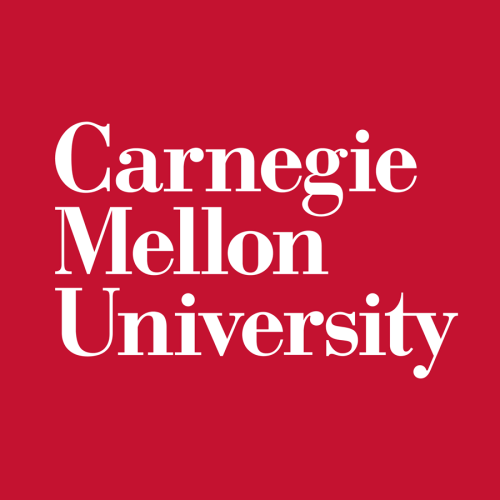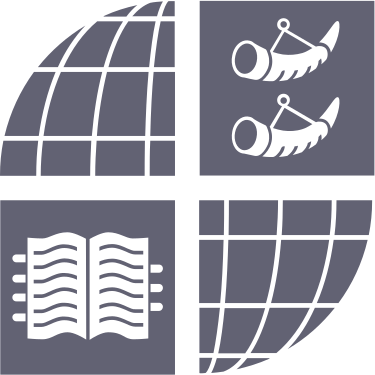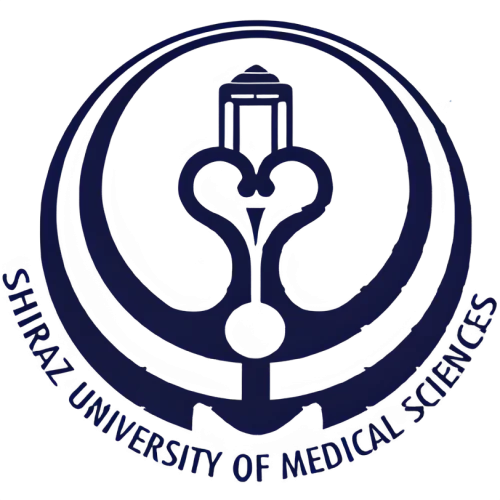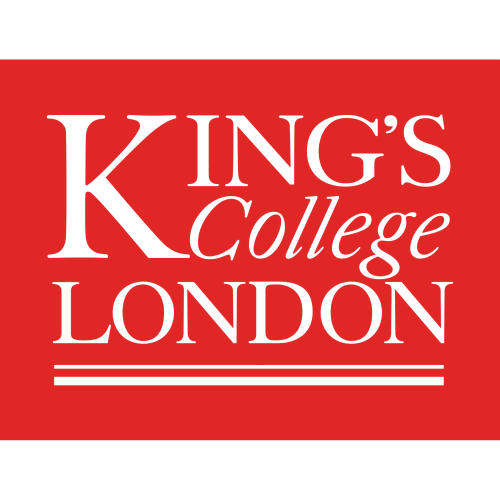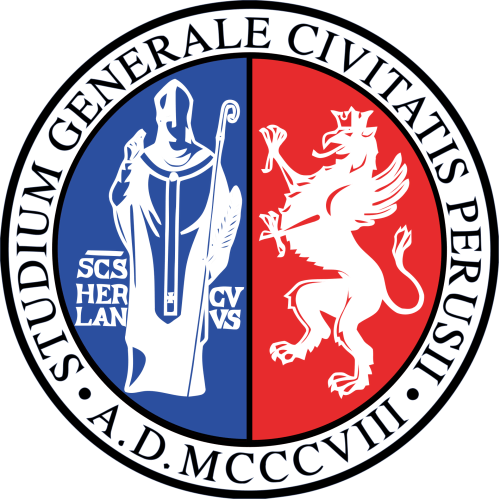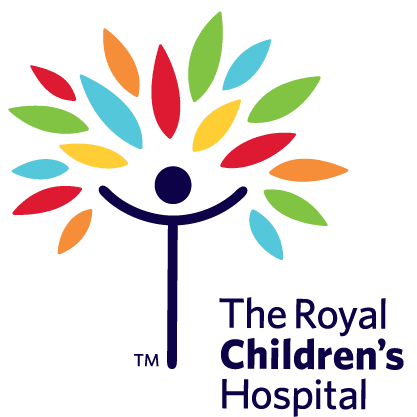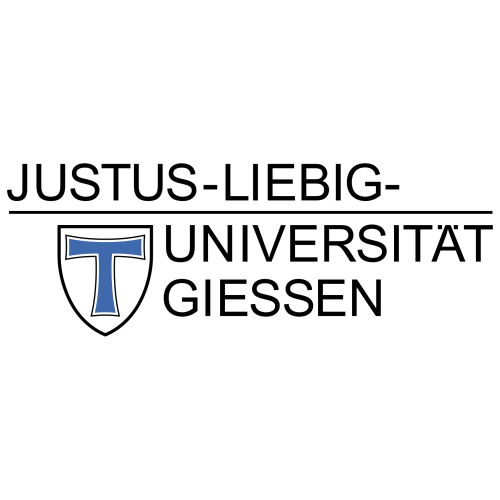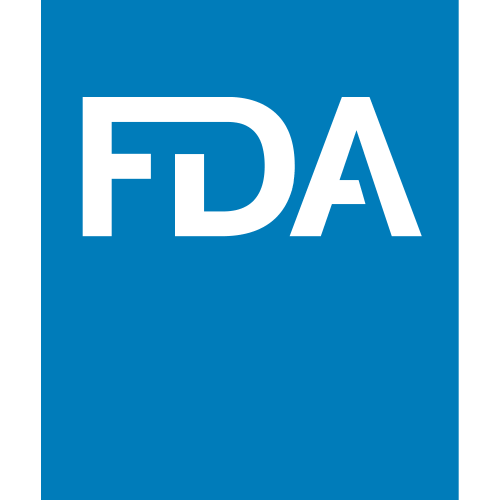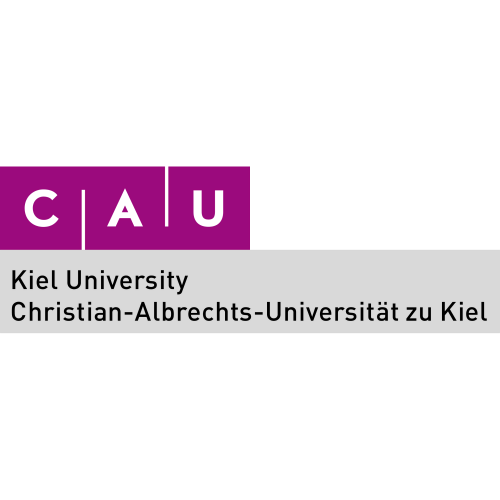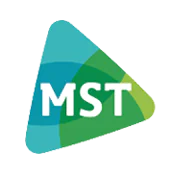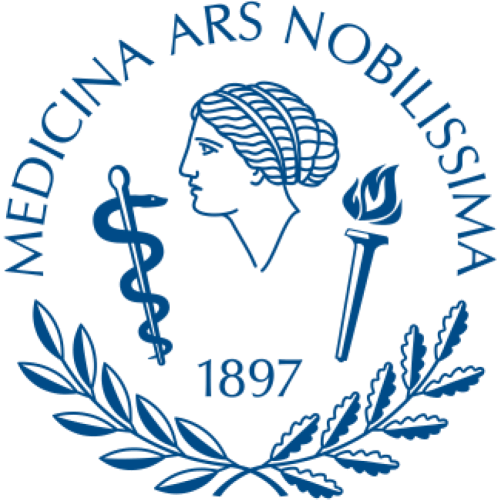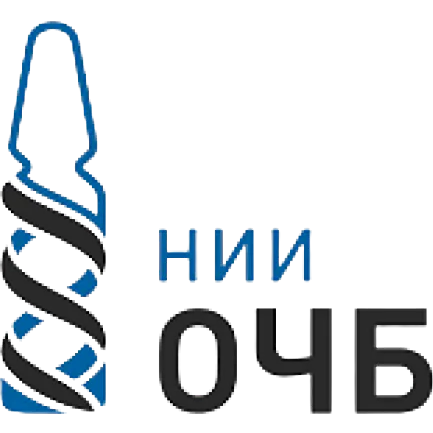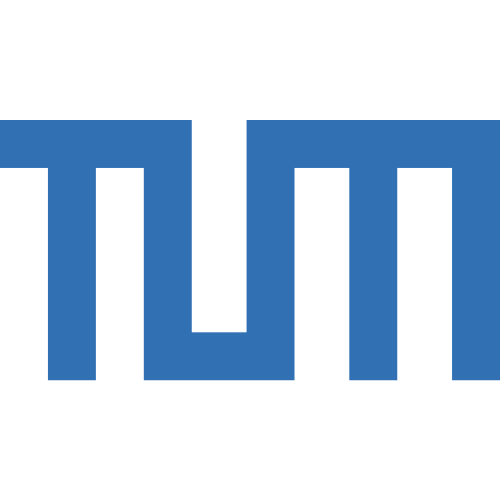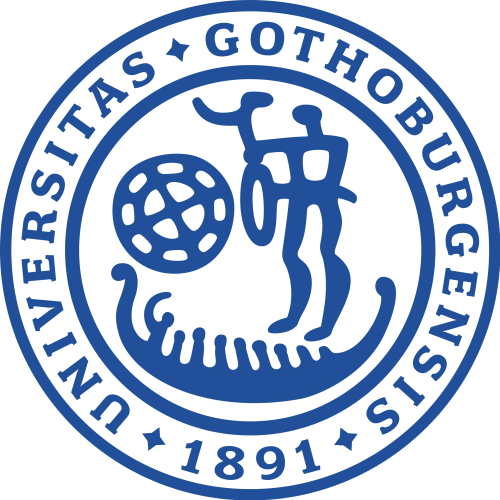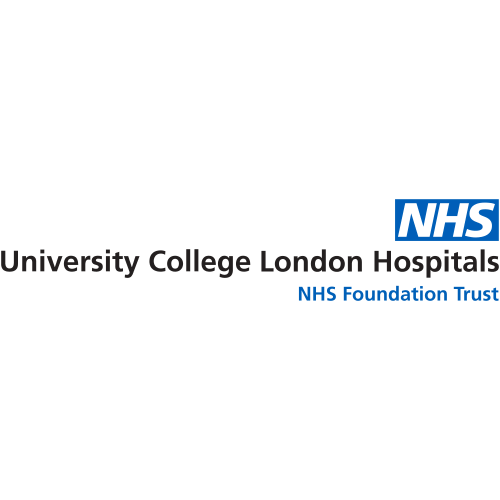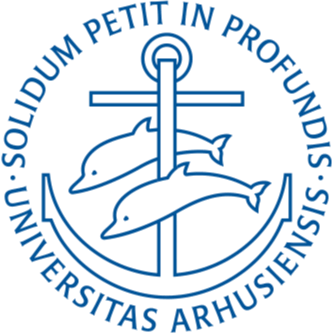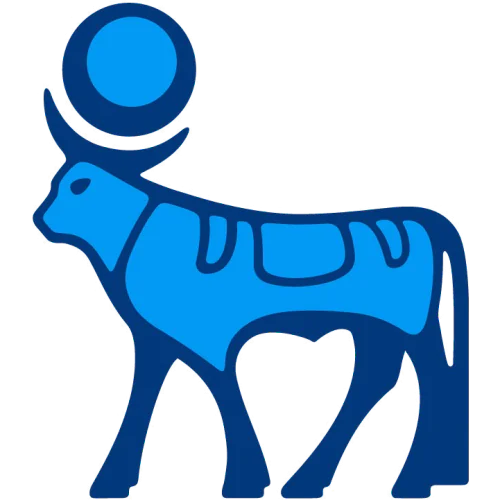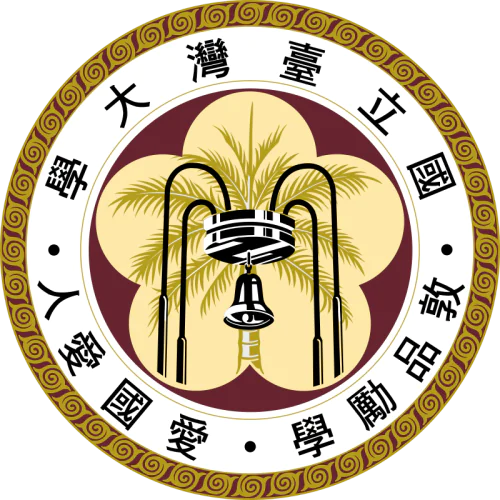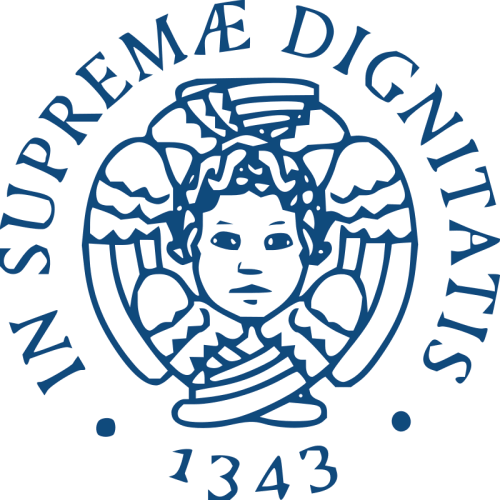|
|
|
|
Journal of Aerosol Medicine and Pulmonary Drug Delivery
1409 citations, 6.64%
|
|
|
Journal of Aerosol Medicine
1206 citations, 5.68%
|
|
|
Journal of Aerosol Science
757 citations, 3.57%
|
|
|
International Journal of Pharmaceutics
629 citations, 2.96%
|
|
|
Expert Opinion on Drug Delivery
388 citations, 1.83%
|
|
|
Aerosol Science and Technology
383 citations, 1.8%
|
|
|
Respiratory Medicine
351 citations, 1.65%
|
|
|
AAPS PharmSciTech
348 citations, 1.64%
|
|
|
Advanced Drug Delivery Reviews
331 citations, 1.56%
|
|
|
Pharmaceutical Research
330 citations, 1.55%
|
|
|
Inhalation Toxicology
313 citations, 1.47%
|
|
|
Journal of Pharmaceutical Sciences
224 citations, 1.06%
|
|
|
European Journal of Pharmaceutical Sciences
198 citations, 0.93%
|
|
|
Chest
191 citations, 0.9%
|
|
|
Pediatric Pulmonology
163 citations, 0.77%
|
|
|
Pharmaceutics
157 citations, 0.74%
|
|
|
European Journal of Pharmaceutics and Biopharmaceutics
134 citations, 0.63%
|
|
|
Journal of Applied Physiology
121 citations, 0.57%
|
|
|
Pulmonary Pharmacology and Therapeutics
119 citations, 0.56%
|
|
|
Therapeutic Delivery
118 citations, 0.56%
|
|
|
Atmospheric Environment
107 citations, 0.5%
|
|
|
Drug Development and Industrial Pharmacy
107 citations, 0.5%
|
|
|
Journal of Controlled Release
103 citations, 0.49%
|
|
|
Journal of Drug Delivery Science and Technology
100 citations, 0.47%
|
|
|
PLoS ONE
100 citations, 0.47%
|
|
|
Lung Biology in Health and Disease
93 citations, 0.44%
|
|
|
Environmental Health Perspectives
91 citations, 0.43%
|
|
|
Particle and Fibre Toxicology
88 citations, 0.41%
|
|
|
American Journal of Respiratory and Critical Care Medicine
87 citations, 0.41%
|
|
|
Computers in Biology and Medicine
84 citations, 0.4%
|
|
|
Scientific Reports
82 citations, 0.39%
|
|
|
Revue des Maladies Respiratoires
80 citations, 0.38%
|
|
|
Environmental Science & Technology
80 citations, 0.38%
|
|
|
Experimental Lung Research
77 citations, 0.36%
|
|
|
Journal of Asthma
77 citations, 0.36%
|
|
|
Expert Review of Respiratory Medicine
75 citations, 0.35%
|
|
|
Powder Technology
71 citations, 0.33%
|
|
|
American Journal of Respiratory Cell and Molecular Biology
70 citations, 0.33%
|
|
|
Science of the Total Environment
68 citations, 0.32%
|
|
|
Physics of Fluids
67 citations, 0.32%
|
|
|
British Journal of Clinical Pharmacology
66 citations, 0.31%
|
|
|
International Journal of Clinical Practice
66 citations, 0.31%
|
|
|
Annals of the ICRP
62 citations, 0.29%
|
|
|
Annals of Biomedical Engineering
62 citations, 0.29%
|
|
|
Journal of Biomechanical Engineering
60 citations, 0.28%
|
|
|
AAPS Journal
59 citations, 0.28%
|
|
|
Indoor Air
55 citations, 0.26%
|
|
|
Annals of Allergy, Asthma and Immunology
55 citations, 0.26%
|
|
|
Journal of Pharmacy and Pharmacology
55 citations, 0.26%
|
|
|
Drugs and the Pharmaceutical Sciences
54 citations, 0.25%
|
|
|
Cochrane Database of Systematic Reviews
53 citations, 0.25%
|
|
|
Building and Environment
53 citations, 0.25%
|
|
|
Archivos de Bronconeumologia
49 citations, 0.23%
|
|
|
Journal of Allergy and Clinical Immunology
48 citations, 0.23%
|
|
|
American Journal of Physiology - Lung Cellular and Molecular Physiology
46 citations, 0.22%
|
|
|
Respiratory Research
45 citations, 0.21%
|
|
|
Respiratory Physiology and Neurobiology
44 citations, 0.21%
|
|
|
Journal of Cystic Fibrosis
44 citations, 0.21%
|
|
|
International Journal of Environmental Research and Public Health
42 citations, 0.2%
|
|
|
Atmospheric Chemistry and Physics
42 citations, 0.2%
|
|
|
International Journal of COPD
41 citations, 0.19%
|
|
|
Nanotoxicology
39 citations, 0.18%
|
|
|
Current Medical Research and Opinion
38 citations, 0.18%
|
|
|
Molecular Pharmaceutics
38 citations, 0.18%
|
|
|
BMC Pulmonary Medicine
37 citations, 0.17%
|
|
|
Pharmaceutical Development and Technology
35 citations, 0.16%
|
|
|
International Journal of Molecular Sciences
35 citations, 0.16%
|
|
|
Thorax
35 citations, 0.16%
|
|
|
Environmental Research
34 citations, 0.16%
|
|
|
Atmosphere
34 citations, 0.16%
|
|
|
Toxicology and Applied Pharmacology
34 citations, 0.16%
|
|
|
Critical Reviews in Toxicology
33 citations, 0.16%
|
|
|
Medical Engineering and Physics
33 citations, 0.16%
|
|
|
Current Opinion in Pulmonary Medicine
33 citations, 0.16%
|
|
|
AAPS Advances in the Pharmaceutical Sciences Series
31 citations, 0.15%
|
|
|
Journal of Biomechanics
31 citations, 0.15%
|
|
|
Pharmacotherapy
31 citations, 0.15%
|
|
|
Pulmonary Therapy
31 citations, 0.15%
|
|
|
Toxicologic Pathology
30 citations, 0.14%
|
|
|
Respiration
30 citations, 0.14%
|
|
|
Annals of Translational Medicine
30 citations, 0.14%
|
|
|
Clinical Pharmacokinetics
28 citations, 0.13%
|
|
|
Journal of Occupational and Environmental Hygiene
28 citations, 0.13%
|
|
|
Journal of Nanoparticle Research
27 citations, 0.13%
|
|
|
COPD: Journal of Chronic Obstructive Pulmonary Disease
27 citations, 0.13%
|
|
|
Frontiers in Bioengineering and Biotechnology
27 citations, 0.13%
|
|
|
ERJ Open Research
26 citations, 0.12%
|
|
|
Pneumologie
26 citations, 0.12%
|
|
|
Indoor and Built Environment
25 citations, 0.12%
|
|
|
Toxicology in Vitro
25 citations, 0.12%
|
|
|
Drug Delivery and Translational Research
24 citations, 0.11%
|
|
|
Air Quality, Atmosphere and Health
24 citations, 0.11%
|
|
|
Paediatric Respiratory Reviews
24 citations, 0.11%
|
|
|
Environmental Science and Pollution Research
24 citations, 0.11%
|
|
|
American Review of Respiratory Disease
24 citations, 0.11%
|
|
|
Revue Française d Allergologie et d Immunologie Clinique
24 citations, 0.11%
|
|
|
Toxicology Letters
23 citations, 0.11%
|
|
|
Regulatory Toxicology and Pharmacology
23 citations, 0.11%
|
|
|
Therapeutic Advances in Respiratory Disease
23 citations, 0.11%
|
|
|
npj Primary Care Respiratory Medicine
23 citations, 0.11%
|
|
|
|
|
